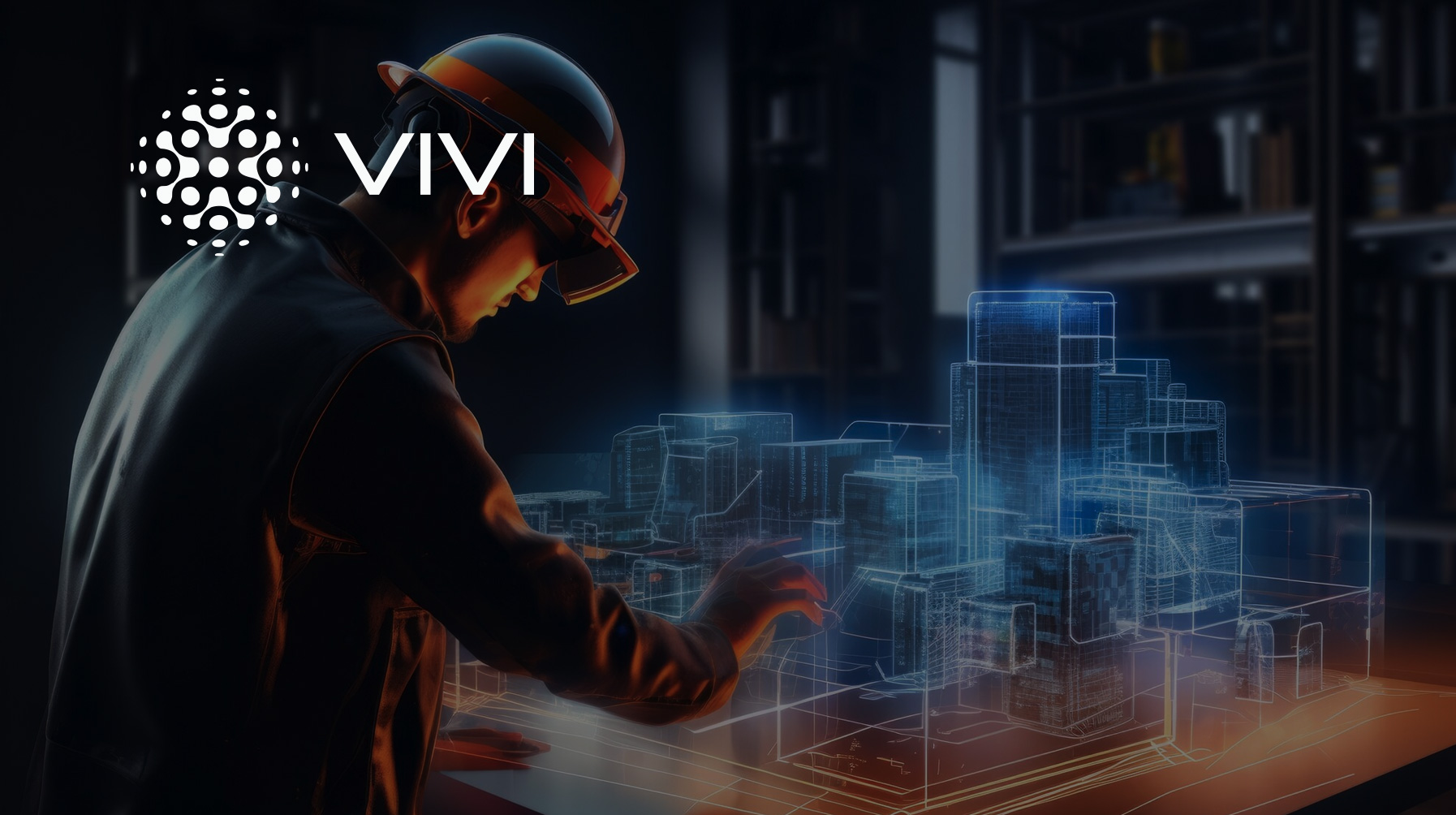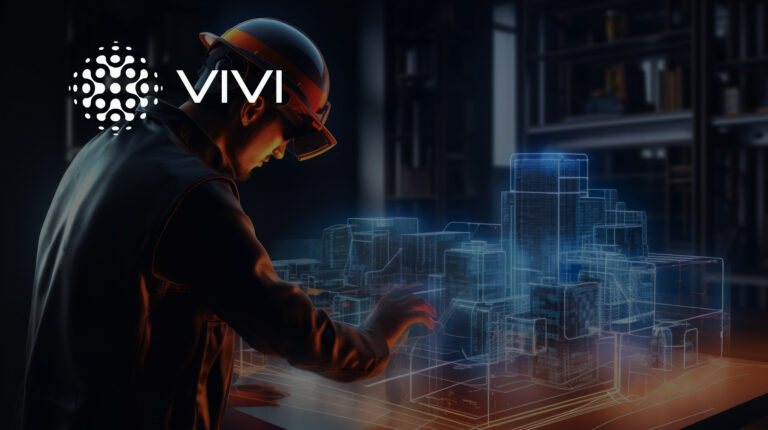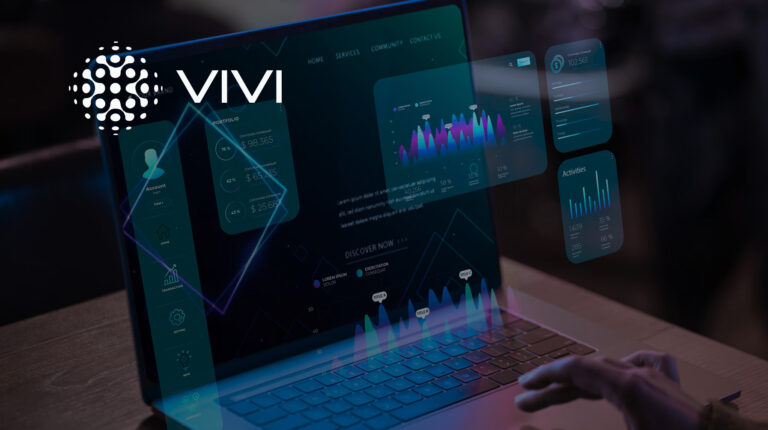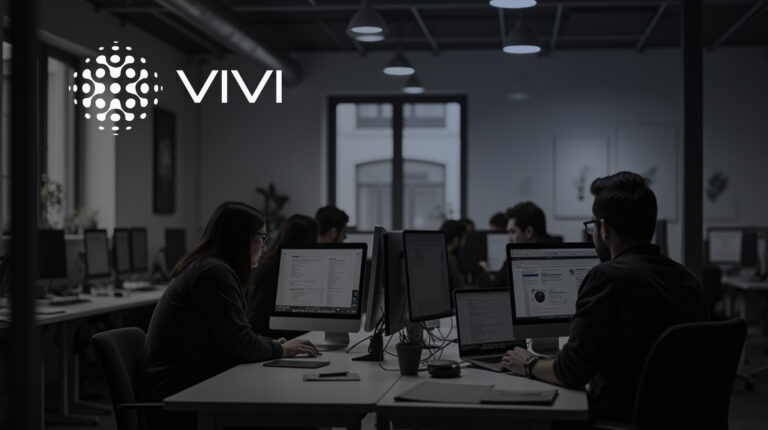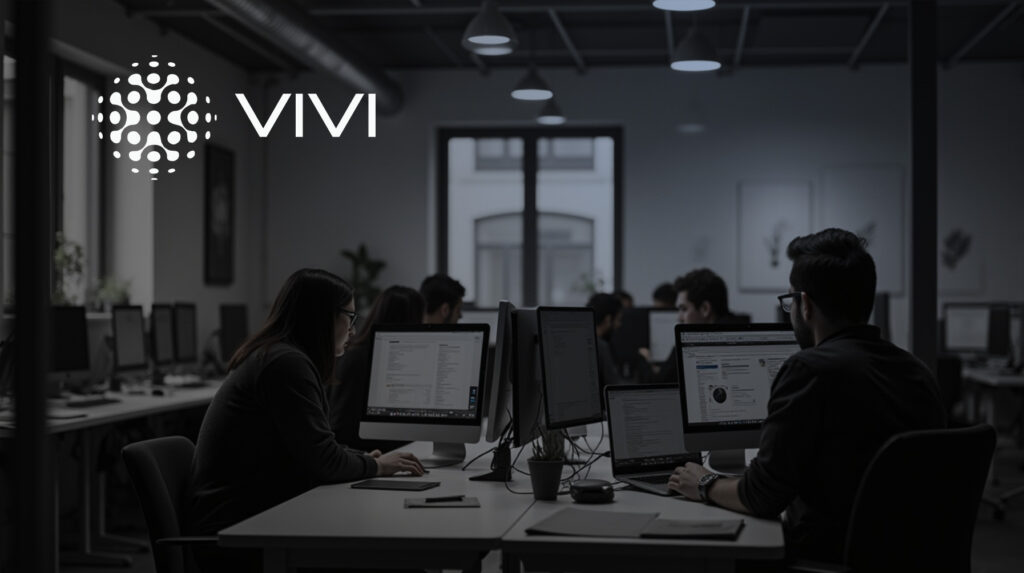Why AI? And Why Now?
Construction has always been about skill, experience, and a bit of gut instinct. But let’s be real—sometimes, projects still go sideways. Delays pile up, budgets get stretched, and someone, somewhere, always forgets to triple-check the materials order.
Enter AI. Not as some sci-fi replacement for workers, but as a tool that keeps things moving, flags problems before they explode, and helps teams make smarter decisions. It’s not about taking over—it’s about making sure your project doesn’t turn into a money pit.
How AI is Shaking Up Construction
AI is slipping into nearly every part of the process, and if you haven’t noticed yet, you will soon. It’s not replacing hammers and hard hats, but it’s making them a hell of a lot more effective.
1. Planning Without Guesswork
Ever had a project that didn’t hit at least one snag? Didn’t think so. AI takes years of data—everything from weather patterns to past supply chain issues—and turns it into a cheat sheet for avoiding delays. It can flag risks, suggest better timelines, and even warn you when a supplier might be running behind.
2. Project Management That Actually Manages
Spreadsheets and whiteboards can only do so much. AI-powered tools track site progress in real-time, adjust schedules automatically, and make sure deadlines don’t sneak up and ruin your weekend. Think of it like a hyper-organized assistant who never forgets a thing.
3. AI-Powered Design: Smarter, Not Harder
It’s easy to miss a design flaw when you’re staring at blueprints for hours. AI-driven design software analyzes structural integrity, energy efficiency, and cost-effectiveness—before a single foundation is poured. It even checks zoning laws and building codes, because no one wants to redo a project over a technicality.
4. Bidding and Estimations That Don’t Feel Like a Gamble
Guesswork has always been part of bidding on projects—but AI is changing that. It sifts through past bids, market conditions, and material costs to generate shockingly accurate estimates. No more underbidding yourself into a loss or overbidding your way out of a contract.
5. Drones and Robots: The Job Site’s New MVPs
Drones are doing site inspections in record time, catching issues before they become disasters. Meanwhile, robots are taking over repetitive, back-breaking work—laying bricks, painting, even welding. They don’t get tired, don’t call in sick, and don’t need coffee breaks (but let’s not hold that against them).
6. Preventative Maintenance—Because Equipment Breakdowns Suck
AI doesn’t just watch over job sites—it keeps tabs on the heavy machinery, too. Sensors track wear and tear, predicting breakdowns before they happen. Less downtime means fewer delays, which means happier clients (and fewer stress headaches for you).
The Reality Check: Is AI Easy to Adopt?
Short answer? No. Construction is an old-school industry, and not everyone is thrilled about change. Plus, AI tools require investment—not just in tech, but in training workers to actually use them.
The trick is to start small. Automate one process, see how it works, and go from there. No need to flip the whole system overnight.
Where’s This Headed?
AI isn’t a fad—it’s already woven into construction, whether people realize it or not. The future? Expect more human-machine collaboration. AI will handle the repetitive stuff, while people focus on the skilled work that actually needs a human touch.
Smarter building, fewer mistakes, and projects that don’t spiral out of control.
Final Word
AI isn’t here to replace skilled workers—it’s here to stop projects from running over budget, over time, and over everyone’s patience.
The companies that embrace it will stay ahead of the curve.
The ones that don’t? Well… they’ll keep wondering why they’re always behind schedule.



